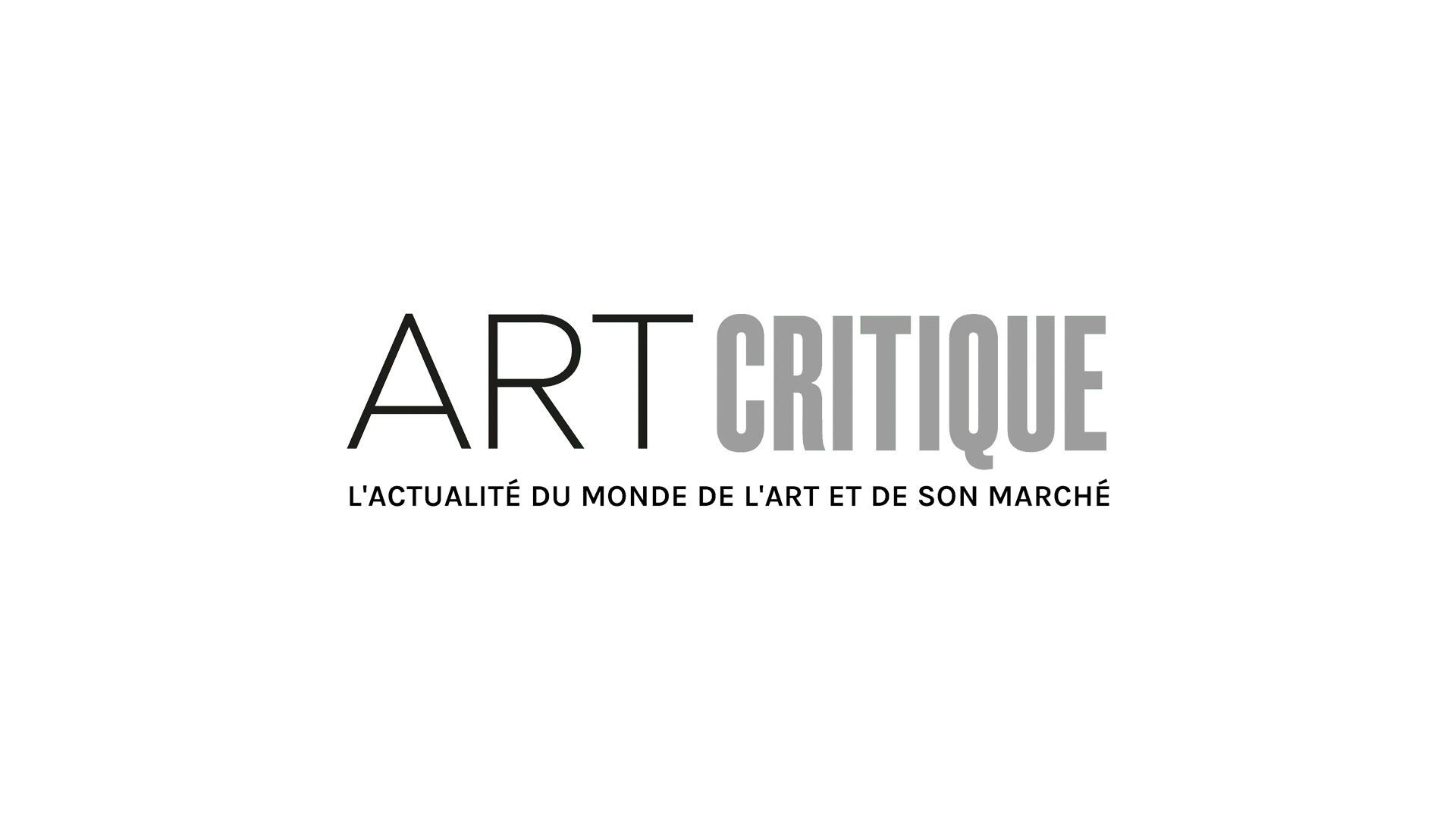In conjunction with the Sol LeWitt exhibition being held from June 16, 2018 to May 2019 at the Collection Lambert in Avignon, Actes sud publications is planning to release a catalogue dedicated to this artist who was a forerunner to conceptual American art. The book, co-edited with gallery owner Yvon Lambert, is the first of a collection intended to publicize his most essential pieces.
If the Les cahiers de la collection Lambert series begins with a book dedicated to Sol LeWitt, it’s because he is one of the most significant artists featured in the collection. In total there are no less than 35 works by the artist: two Wall Drawings, five scale structures, 24 works on paper, two models and a book. Some of these pieces are reproduced in the book, either presented alone (including the very beautiful collage R#14 which the artist produced in 1971), or as part of an ensemble (like in previous showings of the exhibition that took place this year in Avignon). There are also reproductions of certificates which serve as a signature for Wall Drawing 186 and even his explanatory diagram which accompanied the piece.
The preface, written by the director of the Collection Lambert Alain Lombard, asserts the specific focus of the book. An additional surprise is a quote from Sol LeWitt, “I wanted to produce something that I would not be embarrassed to show to Giotto”. The book also emphasizes the specific status held by this artist; avant-garde but infinitely respectful of his predecessors.
This aspect is also what Yvon Lambert emphasizes in his interview with the director of artistic programming for the Collection Lambert, Stéphane Ibars. The gallery owner, who has organized a dozen LeWitt expositions since 1970, returns to when he first discovered his work in 1969 and the reasons why these pieces had immediately upset him. He retraces his relationship to the artist, recalling, among other things, their discussion of Renaissance art.
His account also conveys the effervescence of the artistic scene of the era and spotlights the characters who contributed to promoting the emergence of the avant-garde: American gallery owner Virginia Dwan, one of the first to defend minimal art, conceptual art and land art, Swiss curator Harald Szeemann who organized the famous exhibition, “When Attitude becomes Form”, Romanian artist André Cadere as well as young Alfred Pacquement (later to become director of the National Museum of Modern Art) who would produce one of LeWitt’s Wall Drawings at the Galerie Yvon Lambert and who would also contribute to publicizing the artist’s work for the French public.
Finally, Yvon Lambert depicted the simultaneous innovations of Carl Andre, Robert Barry, Donald Judd, Robert Mangold and Robert Ryman and the way in which these young artists had redefined the ways of thinking about and understanding art. It emphasized the particular position of LeWitt, who was not only a major player in minimalism but also a forerunner of conceptual art, as well as the author of Paragraphs on Conceptual Art published in Art Forum magazine in 1967. For that reason, the artist’s short biography which precedes the interview allows readers to grasp the importance of the artistic method invented by LeWitt. It also highlights his artistic journey and his influences.
This finely crafted bilingual book written in French and English will be available in bookstores beginning on April 3.






